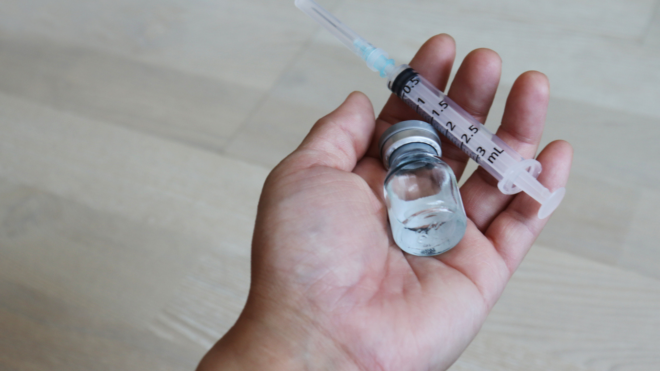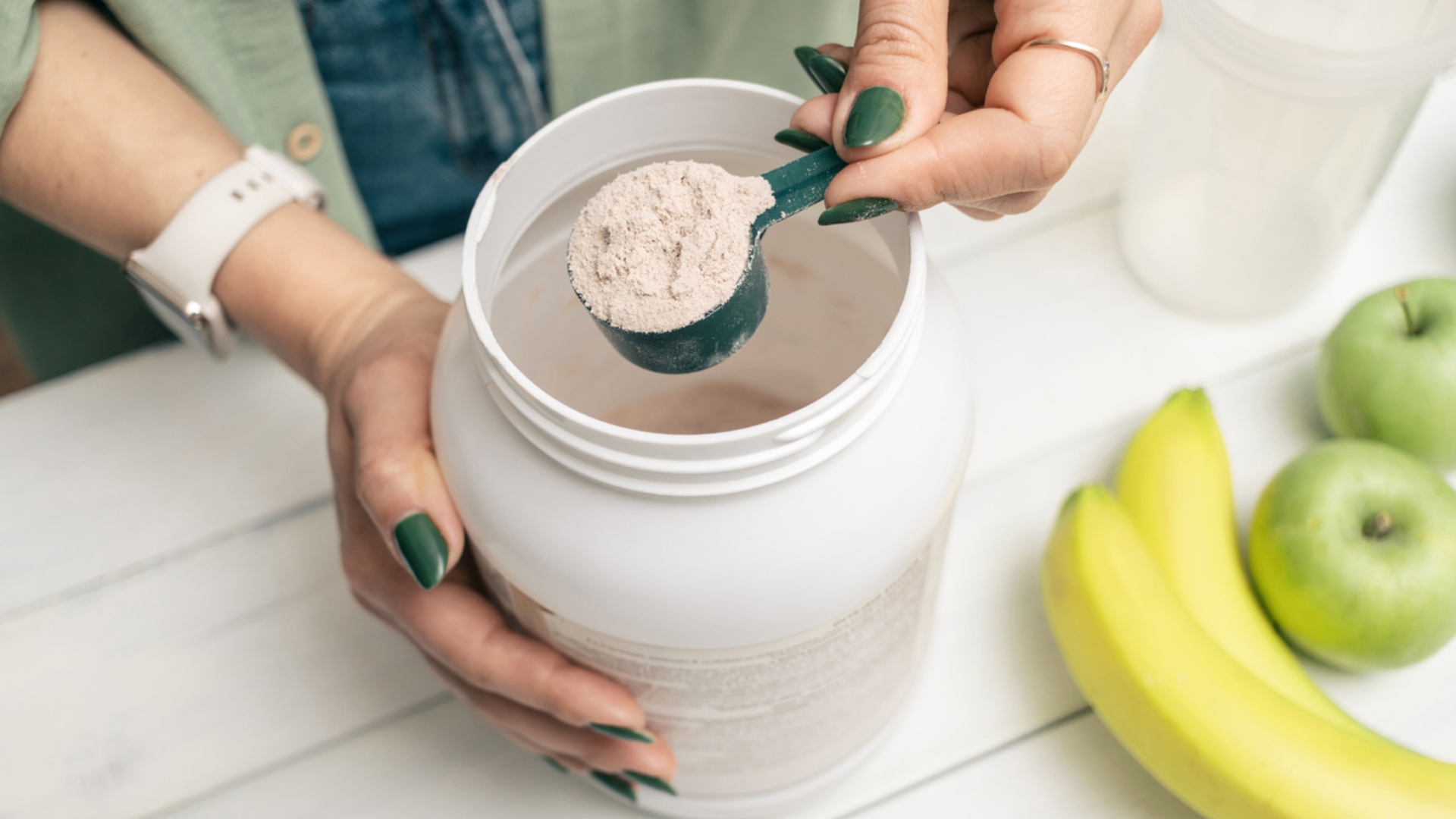
If you’re at all into health and fitness, your social media feeds are probably chock-full of posts about how to consume 100-plus grams of protein a day. So many people are posting about protein it’s starting to feel like a buzzword, a trend, but if you’re actually in or nearing perimenopause, adequate protein consumption could actually be as important as all those content creators and influencers are making it out to be. Perimenopause is the time during which the ovaries begin declining in function and the body makes the natural transition to menopause, marking the end of the reproductive years.
A lot of people associate it with old age, but it can actually begin at different ages, depending on the woman, sometimes even beginning as early as the mid-30s, and can last up to 10 years before a woman officially reaches menopause (marked by a full year without a menstrual cycle). During perimenopause, a woman’s body will experience a lot of changes, and in order to continue to function at optimal levels, many women will need to make some lifestyle adjustments.
A number of studies have shown that changes to the macronutrients a woman consumes during the perimenopausal years could help decrease weight gain and lean muscle loss, and getting adequate protein alone can have a significant impact on several other factors. Prioritizing protein can also help balance hormones and support bone health as well. Per Harvard Health, the average woman needs about .8 grams of protein per kilogram of body weight, per day.
But that recommendation is for sedentary individuals and may be higher for women who exercise regularly, because proteins are the building blocks of muscle. For several years, the goalpost for protein consumption has been 100 grams per day. It is admittedly a somewhat arbitrary number, but for at least moderately active women, it’s a good baseline goal.
And guess what? It’s actually kind of challenging to consume 100 grams of protein per day, especially without overconsuming calories, resulting in weight gain. Basically, you need to make sure you’re consuming good quality, lean proteins. A simple way to figure this out is to remember the 10 to 1 rule. For every 10 calories in a food, you want there to be about one gram of protein. Of course, this doesn’t have to be the case for every food you eat, just the ones you are relying on as protein-dense foods.
With all of that in mind, I’m sharing a list of the five convenient and easy sources of protein I keep in my house at all times, to help ensure I can meet my protein goals on a daily basis.
PBFit Classic
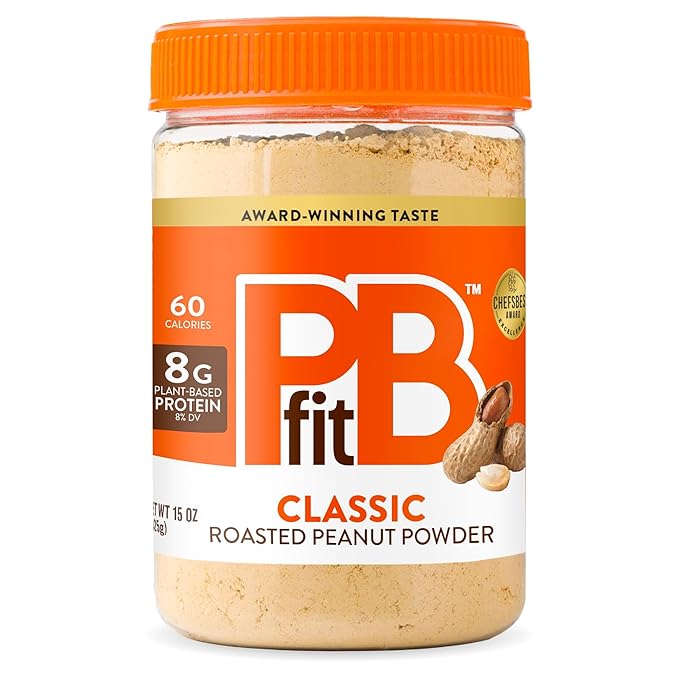
I discovered this stuff about a year ago and can’t believe I was so late to the game. PBFit peanut powder is an amazing substitute for much higher calorie peanut butter, and it’s all natural. The ingredients are literally just peanuts, coconut sugar, and salt. In fact, there are even versions that omit the sugar and salt. I prefer the classic, though, because it has slightly more flavor and actually has fewer calories. Two tablespoons of the powder has just 60 calories and eight grams of protein, compared to the average peanut butter spread, which has about 190 calories and six or seven grams of protein. You can add the powder itself to any number of meals or snacks including your favorite protein shake, or you can mix it with water or milk until you reach a consistency you like to make a spread or sauce. It also has a decent amount of fiber.
PBFit Classic Peanut Powder, $8.98
Legion Whey+ Protein Powder
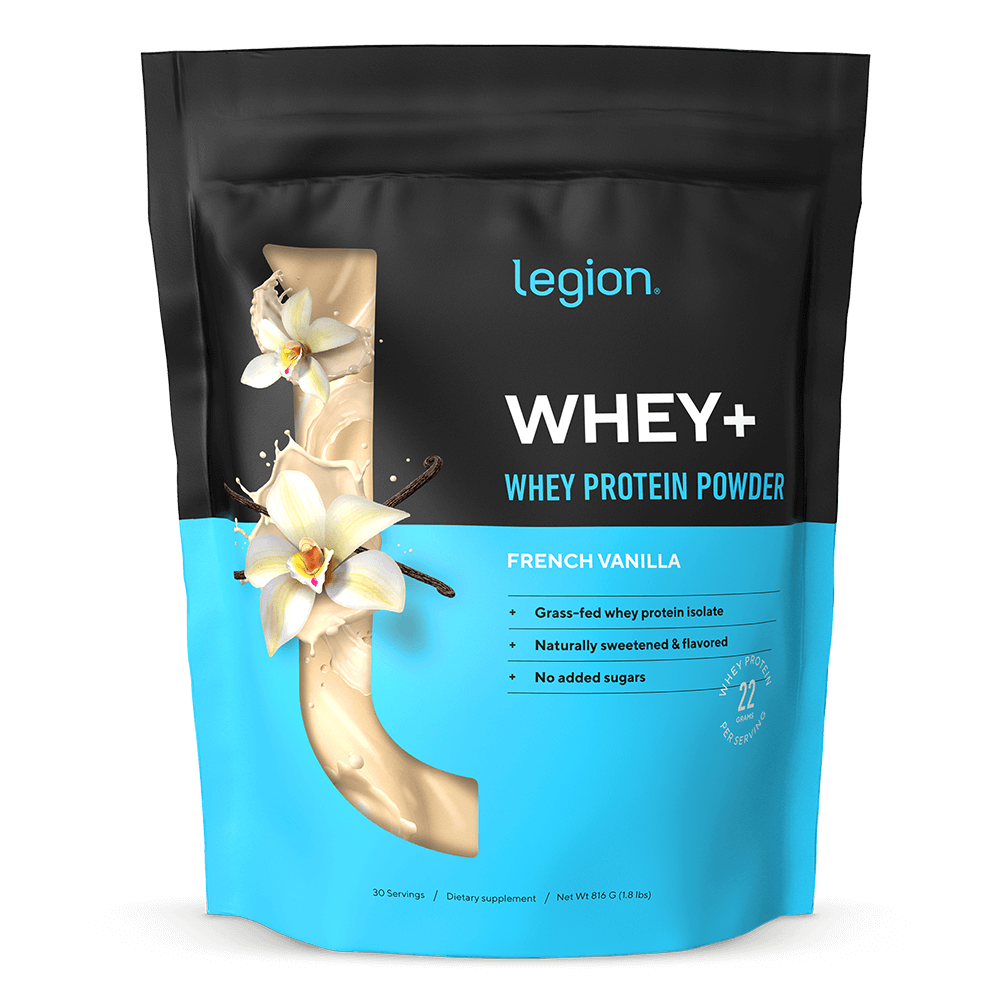
Whey protein is a classic protein option well-loved and used almost daily by many fitness enthusiasts. I’m partial to the Legion brand because it blends well, tastes good, and is made with high-quality ingredients. Although a lot of protein powders are out there, including plant-based options, I choose whey because it is a complete protein and easily digested and absorbed. Typically, I go with the vanilla flavor because it’s versatile. You can use the traditional whey as a protein shake made with your favorite milk or even water, blend it into smoothies or oatmeal, or even add it to baked goods. The calories to protein ratio varies by brand, but the Legion whey protein powder is 100 calories per serving and has 20 grams of protein.
Legion Whey+ Whey Protein Powder, $58.49
Chef Woo Protein Ramen
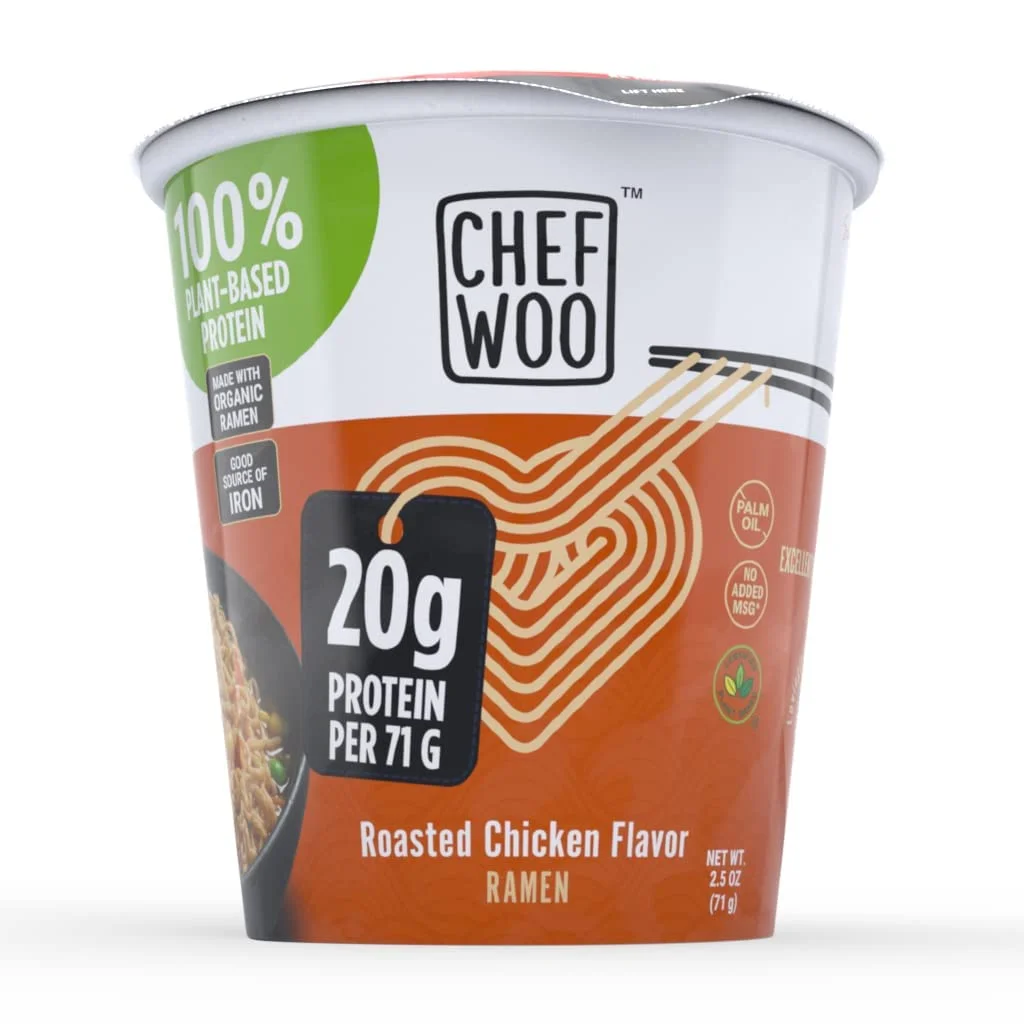
OK, so this one doesn’t follow the 10 to 1 rule, but it’s a near complete, quick and convenient meal option. I always keep a case stocked to have for a cheap and easy lunch while working from home. Each cup has 20 grams of protein, and if you do like I do and add a boiled egg, you’ll be nearly a third of the way to that 100-grams goal. I also like to spruce up this ramen with some dried seaweed and a splash of soy sauce.
Chef Woo Protein Ramen, $1.67
Liquid Egg Whites
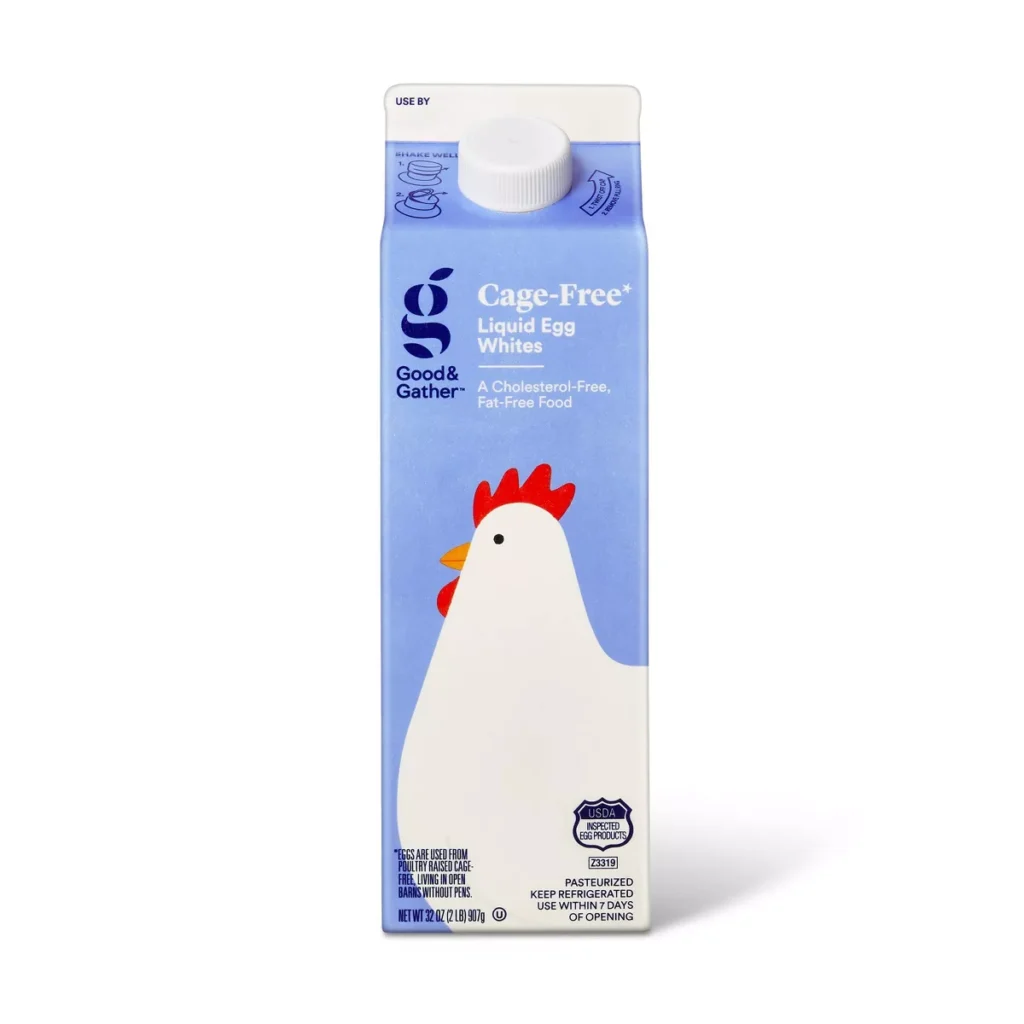
We all know egg whites are healthy. They may not be the tastiest all on their own, but they are an excellent source of protein and can be added to a number of different dishes. A 25-calorie serving has five grams of protein in it. Try stirring it into homemade oatmeal, adding to homemade fried rice, stretching out your scrambled egg serving with a few tablespoons, or folding some into waffles or pancakes. Any brand will do.
Good & Gather Cage-Free Liquid Egg Whites, $7.69
The New Primal Snackmates Chicken & Maple Mini Sticks
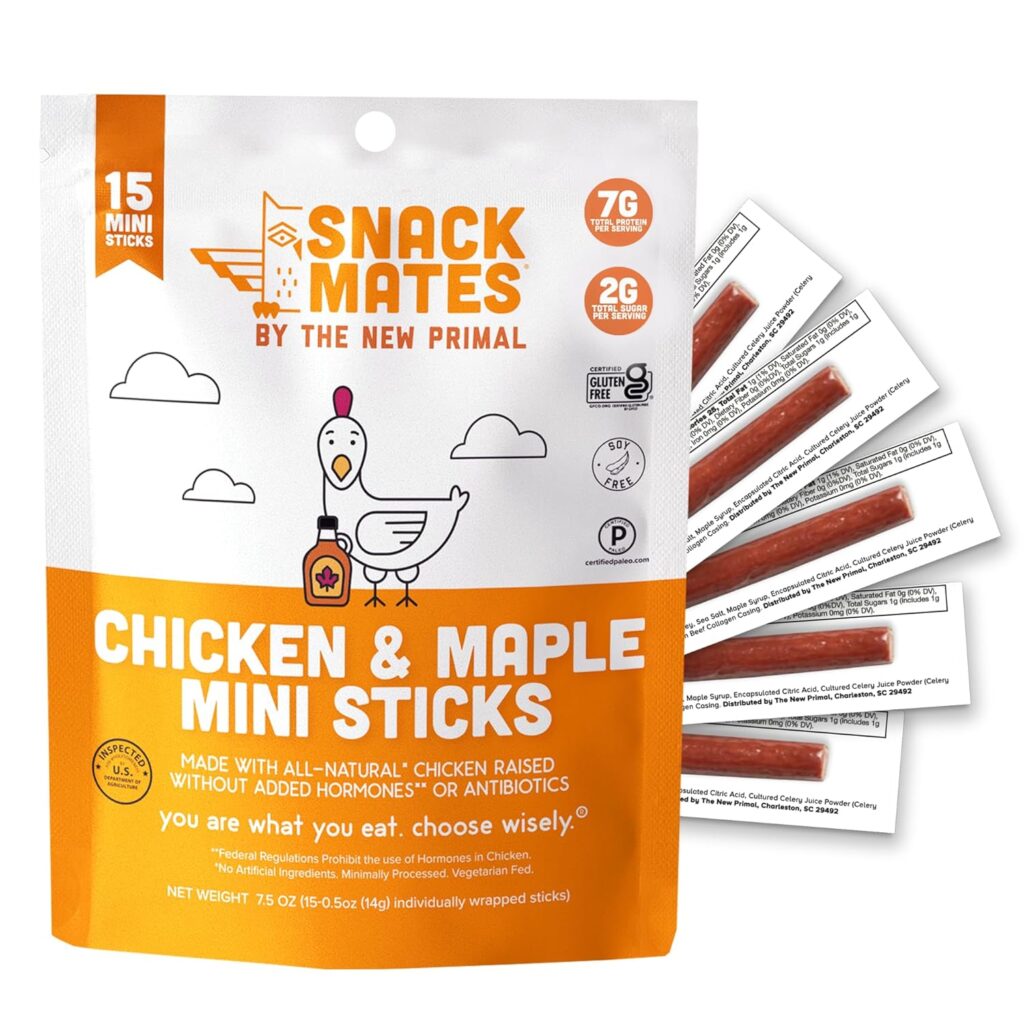
Small enough to throw in your belt bag, these tiny but tasty meat sticks pack seven grams of protein on the go when you eat two. We prefer them over the larger meat sticks or beef sticks that are also popular because it’s only 50 calories for two sticks and the ingredients are clean. Plus, even kids love them, so they’re perfect for emergency snacking needs when you’re traveling, at kids’ sports, or trying to avoid a mall meltdown.
Chicken & Maple Mini Sticks, $15.99



